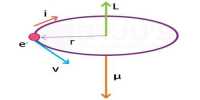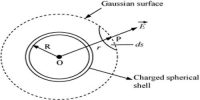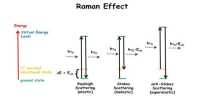Applications of Eddy current
(i) Dead beat galvanometer
When current is passed through a galvanometer, the coil oscillates about its mean position before it comes to rest. To bring the coil to rest immediately, the coil is wound on a metallic frame. Now, when the coil oscillates, eddy currents are set up in the metallic frame, which opposes further oscillations of the coil. This, in turn, enables the coil to attain its equilibrium position almost instantly. Since the oscillations of the coil die out instantaneously, the galvanometer is called dead beat galvanometer.
(ii) Induction furnace
In an induction furnace, the high temperature is produced by generating eddy currents. The material to be melted is placed in a varying magnetic field of high frequency. Hence a strong eddy current is developed inside the metal. Due to the heating effect of the current, the metal melts.
(iii) Induction motors
Eddy currents are produced in a metallic cylinder called rotor when it is placed in a rotating magnetic field. The eddy current initially tries to decrease the relative motion between the cylinder and the rotating magnetic field. As the magnetic field continues to rotate, the metallic cylinder is set into rotation. These motors are used in fans.
(iv) Electro magnetic brakes
A metallic drum is coupled to the wheels of a train. The drum rotates along with the wheel when the train is in motion. When the brake is applied, a strong magnetic field is developed and hence, eddy currents are produced in the drum which oppose the motion of the drum. Hence, the train comes to rest.
(v) Speedometer
In a speedometer, a magnet rotates according to the speed of the vehicle. The magnet rotates inside an aluminium cylinder (drum) which is held in position with the help of hair springs. Eddy currents are produced in the drum due to the rotation of the magnet and it opposes the motion of the rotating magnet. The drum in turn experiences a torque and gets deflected through a certain angle depending on the speed of the vehicle. A pointer attached to the drum moves over a calibrated scale which indicates the speed of the vehicle.











